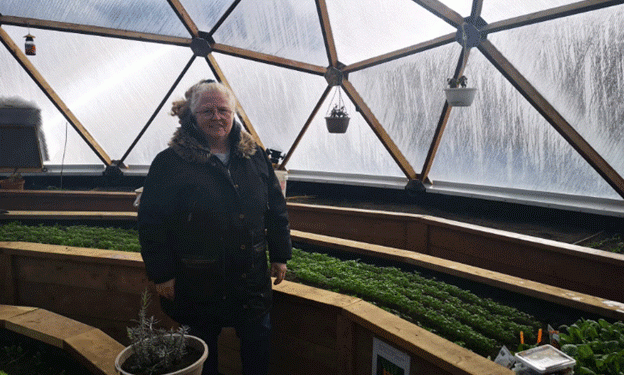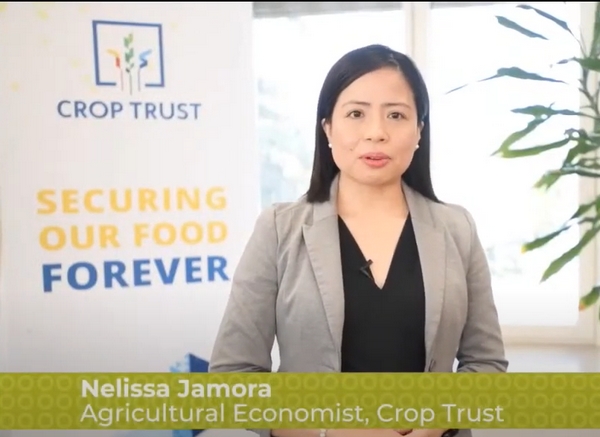Fresh and nutritious vegetables can often be out of reach during the winter months, leaving many communities reliant on canned or non-perishable goods. However, Gleaners Food Bank in Belleville, Ontario, is turning this problem on its head with the introduction of a new growing dome at their Wallbridge Crescent property. Designed to grow food year-round, this innovative space is proving to be a game-changer for food security in the region.
Building a Year-Round Growing Environment
The 42-foot-diameter dome, which began construction in June 2024, is equipped with a variety of features aimed at optimizing growing conditions throughout the year. Inside, raised growing beds are filled with vegetables, and a gravity-fed watering system ensures the crops receive consistent hydration. A natural pond is strategically placed to regulate temperature and humidity, maintaining a conducive growing environment. The combination of the pond and abundant natural sunlight enables the dome to maintain a temperature range between -2°C in the coldest months and 34°C on sunny days, allowing plants to thrive even during winter.
This temperature control system provides a unique advantage: Gleaners Food Bank can now grow vegetables such as lettuce, spinach, and kale year-round, providing fresh, locally grown produce to those in need, even when outdoor growing conditions would otherwise be impossible. The dome’s ability to extend the growing season by several months ensures that Gleaners can meet the ongoing demand for fresh food throughout the year.
Innovative Farming Techniques for Greater Sustainability
To maximize the use of the space inside the dome, the team at Gleaners plans to expand vertically by adding trellises and frames. This approach increases growing space without requiring additional land. The introduction of fish to the pond is another innovative step—by using aquaponics, the fish waste will serve as a natural fertilizer, further enhancing the sustainability of the operation.
Soil health is a key focus for the project, and Gleaners is employing crop rotation to maintain the nutrient balance of the soil while promoting biodiversity. By rotating crops in and out of the dome, they can optimize yields and prevent soil depletion. Additionally, the introduction of worm farms will further contribute to soil health, encouraging aeration and the breakdown of organic matter, which will enrich the growing environment.
Future Growth and Impact
As the dome continues to thrive, Gleaners plans to expand its offerings, incorporating warm-weather crops such as tomatoes, peppers, and herbs. This will allow them to start growing these crops earlier in the season than they could outdoors, giving local food banks access to fresh produce several months ahead of schedule. The organization also intends to rotate the crops to ensure a consistent supply of fresh vegetables for the community. With this year-round growing capability, Gleaners will be able to provide an ongoing source of healthy, fresh food to those in need, which is crucial for tackling food insecurity.
Produce from the dome will be integrated into the ongoing food distribution programs run by Gleaners, which help support families in need by providing nutritious meals. This innovative solution to food production has the potential to serve as a model for other food banks across the country, showing how technology, sustainability, and community focus can combine to improve food security on a larger scale.
A Model for Sustainable Food Security
The Gleaners greenhouse dome is not just a tool for growing food—it’s a symbol of innovation, sustainability, and the fight against food insecurity. By using advanced agricultural techniques like vertical farming, aquaponics, and crop rotation, Gleaners is making strides toward a future where fresh produce is available year-round, even in challenging climates. As this project expands, it has the potential to inspire similar initiatives across Canada and beyond, demonstrating that food security solutions can be both innovative and sustainable.












